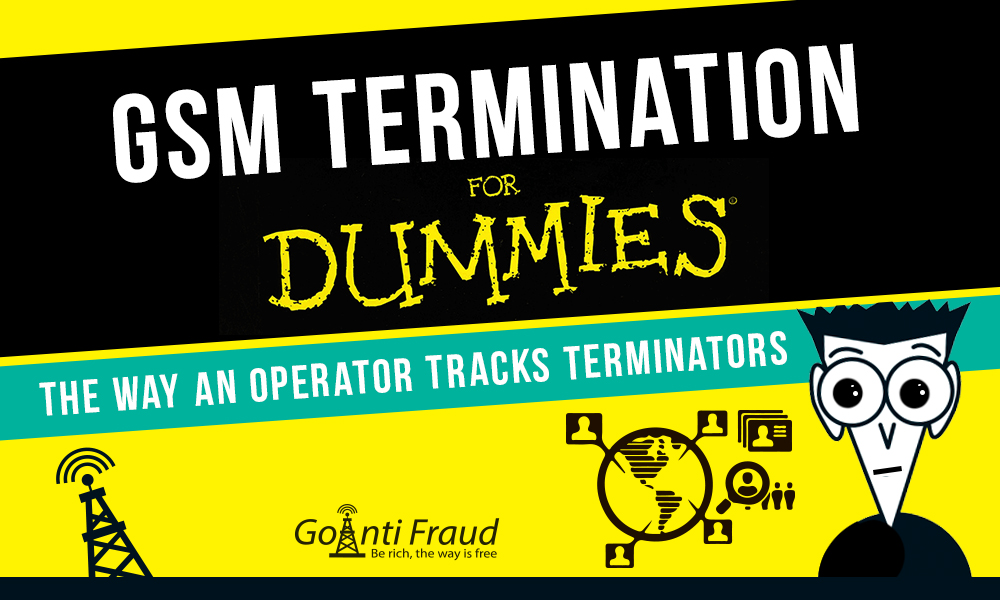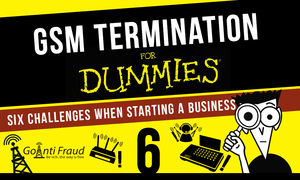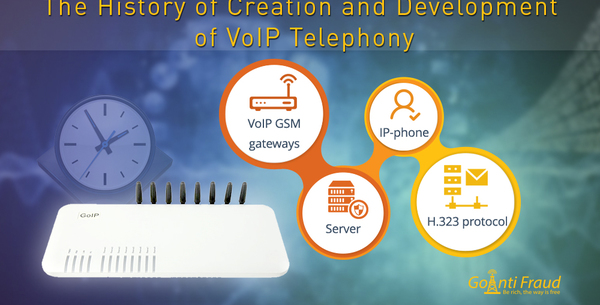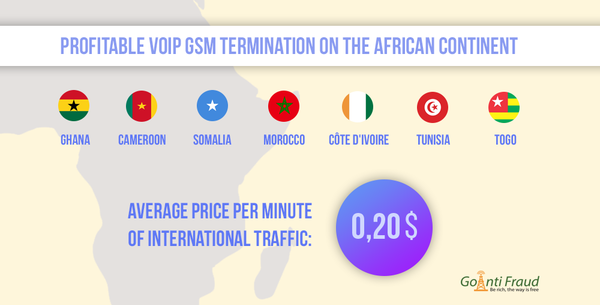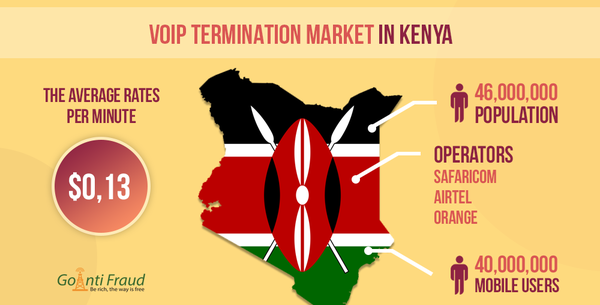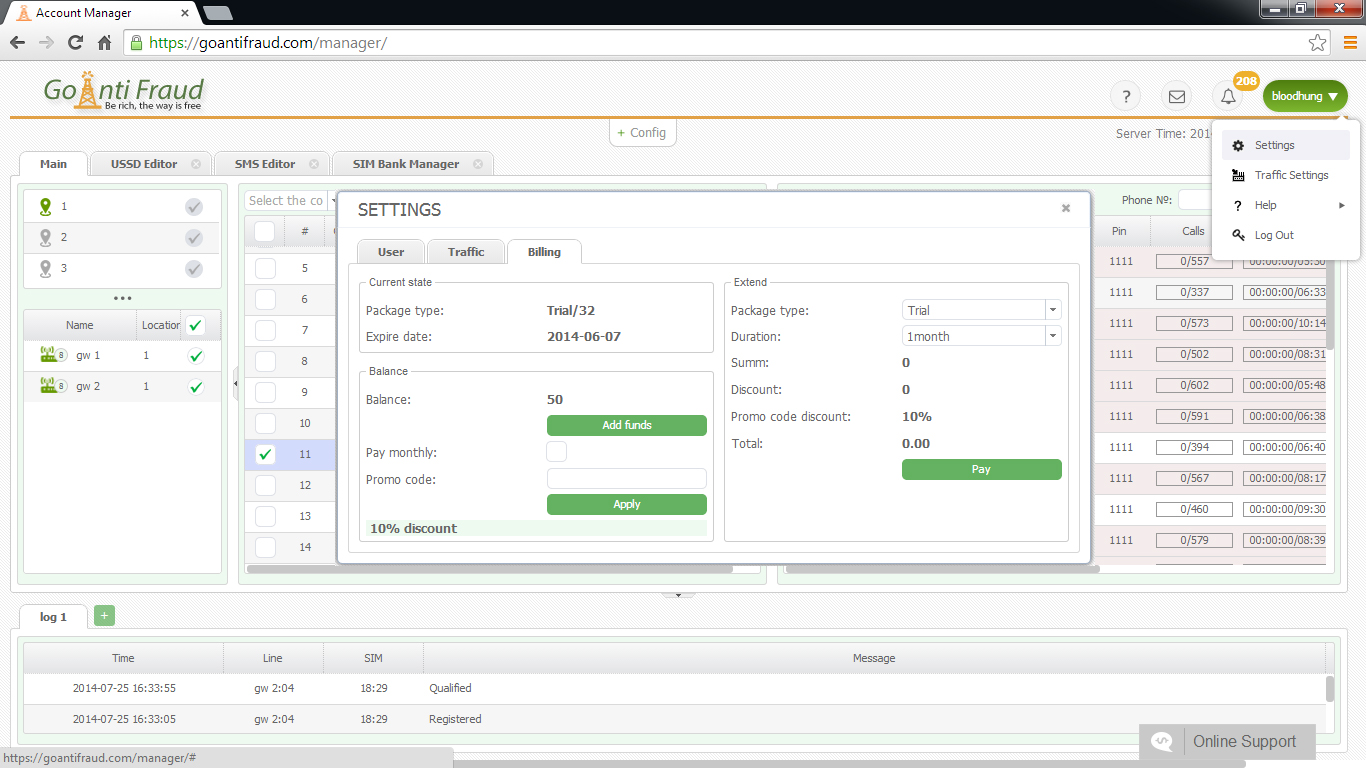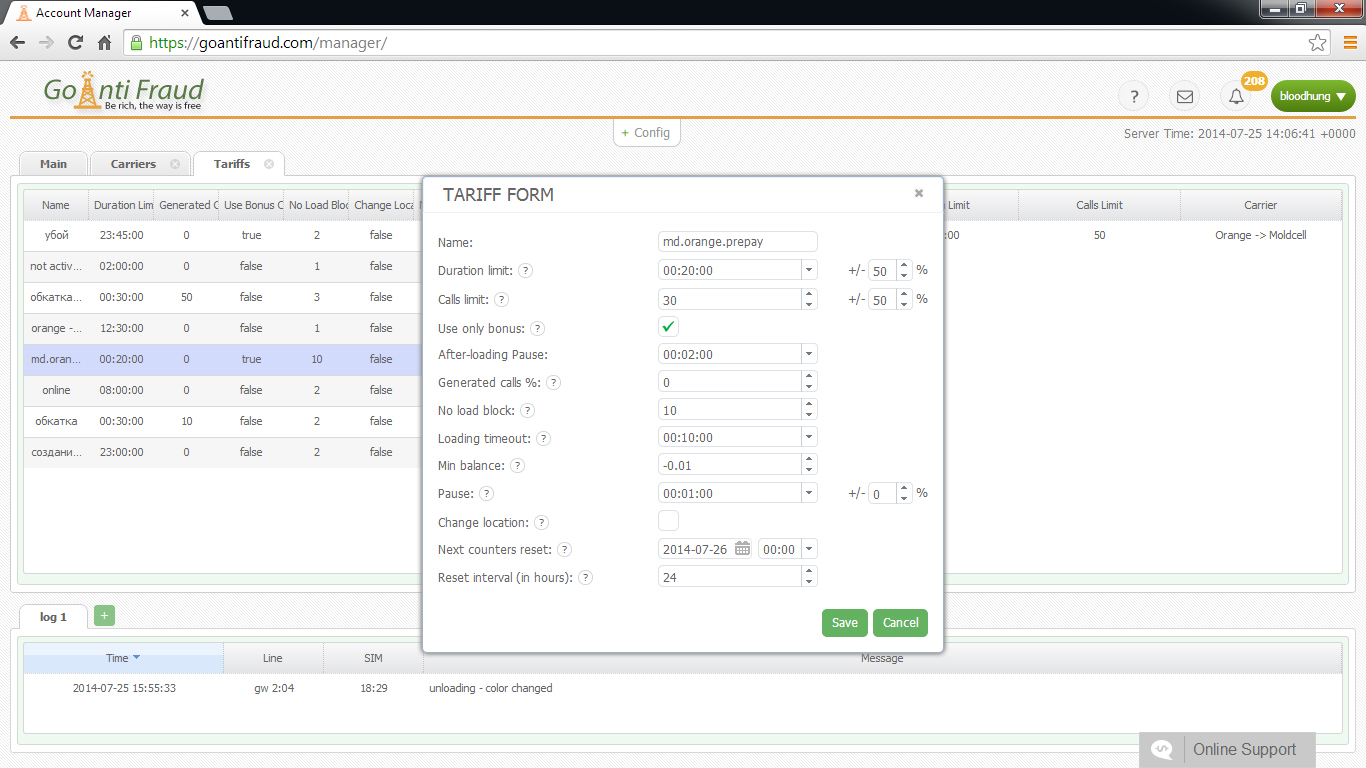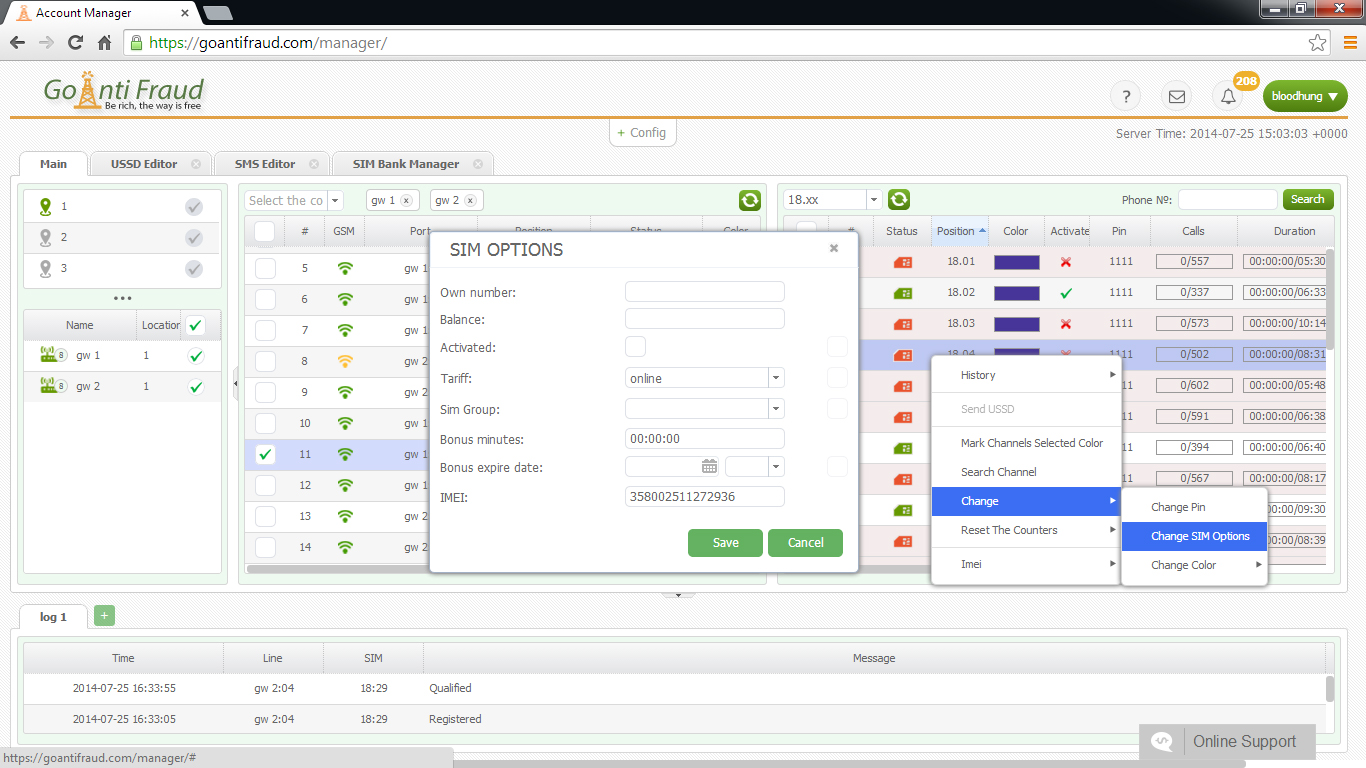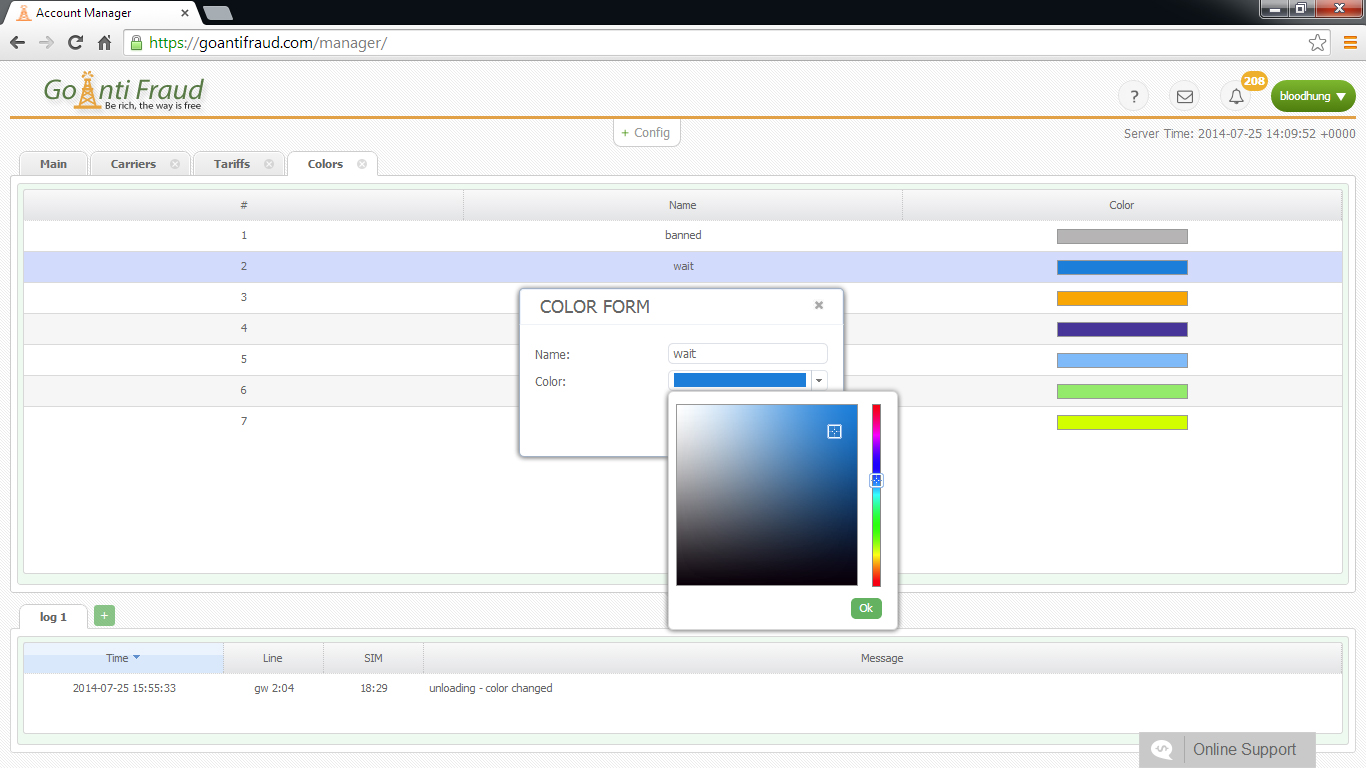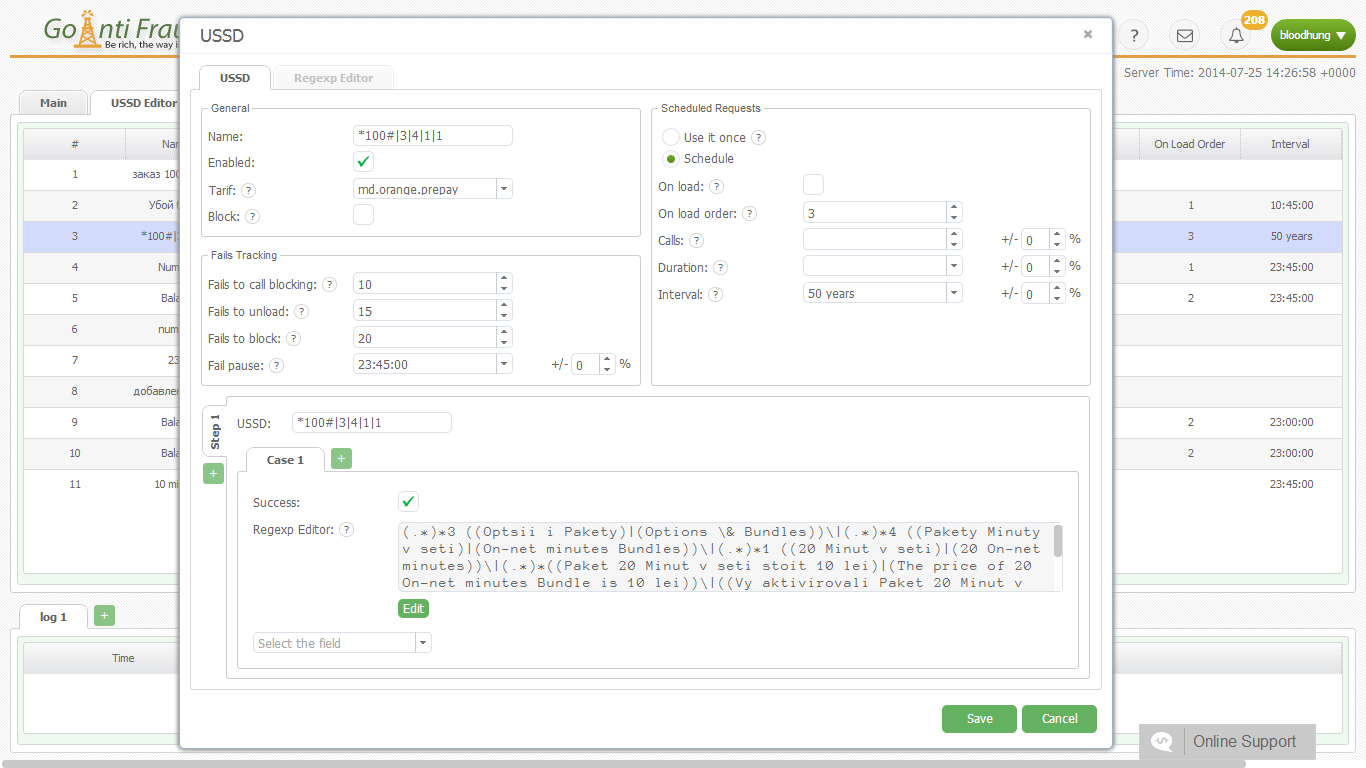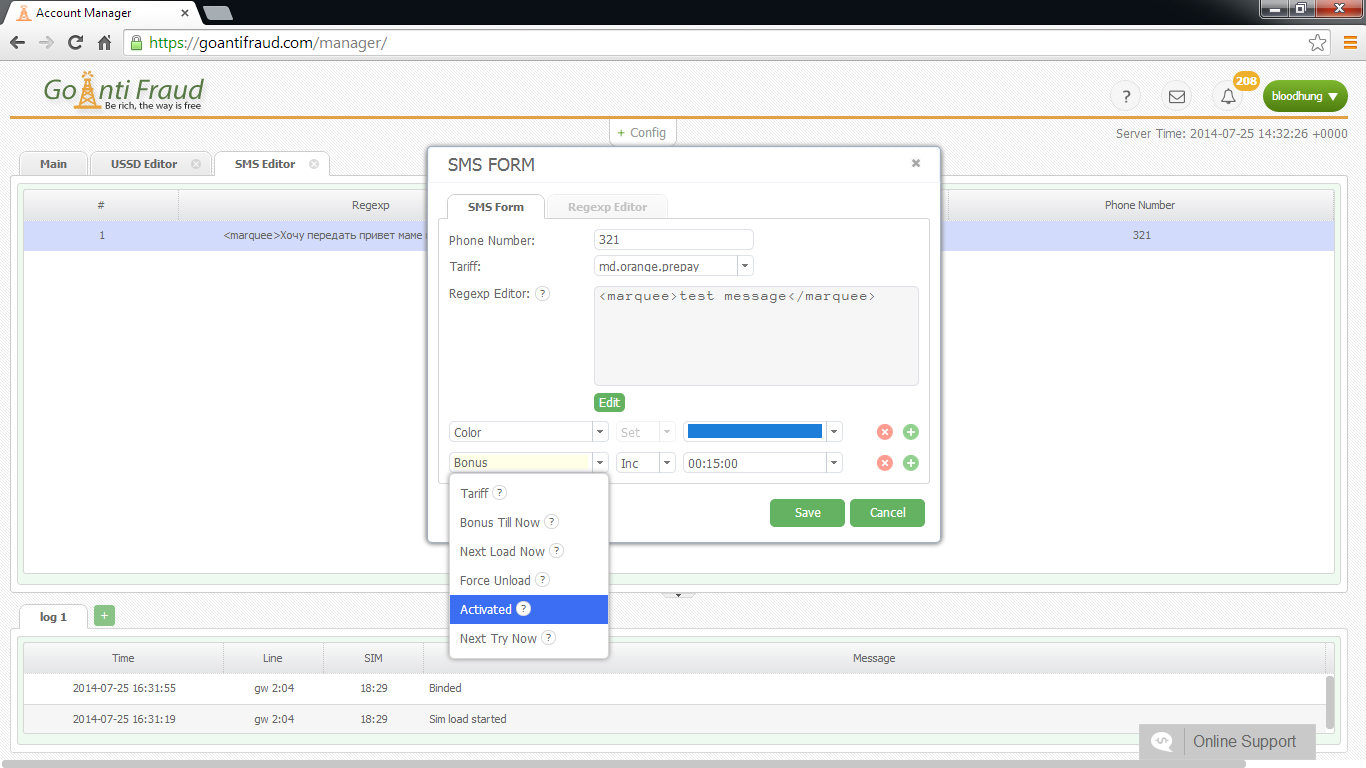Even beginners have at least heard about the fact that cellular operators monitor GSM termination. In particular, major companies that provide much voice traffic do. They lose huge profits as a result of redirecting international calls to alternative routes. Knowing how telecommunication companies identify termination, you can secure your business.
To prevent the traffic termination from going to alternative routes, the operators previously tried to detect terminators physically. To do this, law enforcement agencies would identify the physical location of the gateways by an enhanced GSM signal. Today, the need for such radical measures has disappeared since special programs called AntiFraud have been developed.
Antifraud systems are developed to detect the activity of the terminator and to interfere with its operation. The software analyzes the actions of subscribers, identifying those that are not inherent in people but more like the "behavior" of GSM gateways. After the termination is detected AntiFraud block SIM-cards that are physically or virtually inserted into the equipment slots.
Algorithms for the operation of antifraud systems are constantly changing as mobile operators invest a lot in improving programs. But we know the basic principles of this software:
- Analysis of subscriber movement. A real person cannot always be in the same place - he goes to work, goes shopping, etc. If calls from the SIM-card are always made from one point, this raises suspicion of "smart" software.
- Analysis of the numbers to which calls are made. Calls from a gsm gateway cisco are made to different numbers and the operator immediately understands that the SIM-card is inserted into the gateway. Real subscribers make 80% of all calls to several numbers (maximum 5). This parameter is called "subscriber family" or "preferred numbers".
- Analysis of the intensity of calls. A real subscriber does not call without a break as he always makes pauses between calls.
- Analysis of IMEI numbers. Virtually loading SIM-cards from the SIM-bank into different gateways located in different parts of the city, the terminator risks being detected by anti-fraud systems. The program analyzes from which devices the SIM-cards are registered. If this is different each time, the system will block the card, because the real subscriber will not permanently swap SIM-cards between several phones.
- Analysis of calls in terms of time of day. Real subscribers differently show their activity, depending on the time of day. For example, at night, calls are made much less, and at lunchtime on weekdays, there are much more calls made.
- Analysis of the use of various services. An ordinary person uses bonus offers, checks the SIM-card balance, and sends SMS messages. Anti-fraud systems track these parameters.
- Analysis of incoming traffic. When terminating GSM gateways make only outgoing calls, which can be tracked since the real subscriber receives incoming callsat least occasionally.
To minimize the risks of blocking SIM-cards by anti-fraud systems, it is necessary to competently simulate the behavior of a real subscriber. GoAntiFraud service was developed to do so. Our software tools can simulate the movement of a subscriber and calls to "preferred numbers", set pauses between calls, assign a certain IMEI number for each SIM-card, automatically execute USSD requests, generate incoming calls, etc. An integrated approach to simulating the activity of a real person will secure your SIM-cards from frequent blocking by the operator.

